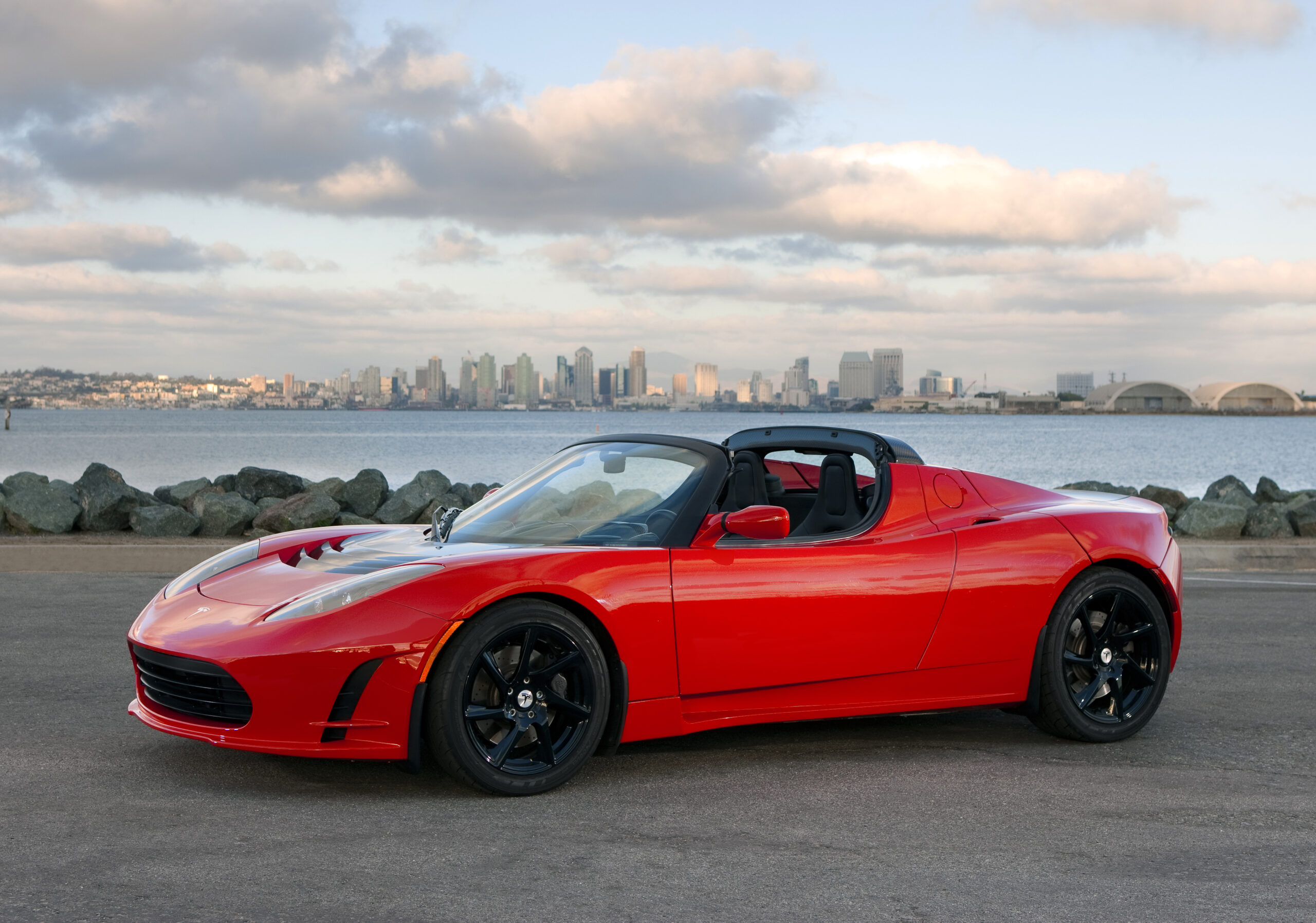When you think of muscle cars, images of roaring engines, screeching tires, and high-speed thrills likely come to mind. For decades, gas-powered muscle cars have defined American automotive performance. However, the electric revolution is reshaping how these iconic vehicles are designed and driven. Traditional muscle car manufacturers, including Dodge, are adapting to the electric wave while staying true to the raw power that fans love. The transition to electric power isn’t just about going green—it’s about pushing the limits of what’s possible with performance and technology.
Dodge Charger Daytona SRT: A New Era of Muscle Cars
The Dodge Charger Daytona SRT is a prime example of this new direction. This electric muscle car offers over 800 horsepower. It can go from 0 to 60 mph in less than 2 seconds. Dodge kept the iconic muscle car look, but added electric power. The Charger Daytona SRT features the bold grille and aggressive stance that fans expect. The electric powertrain provides instant torque, making acceleration quick and smooth.
Electric Power Brings Speed and Efficiency
Electric motors deliver instant torque. This means better acceleration and smoother rides. The Charger Daytona SRT is faster than many gas-powered muscle cars. At the same time, it is more efficient and eco-friendly. Unlike gas-powered engines, electric motors do not produce harmful emissions. Drivers get all the muscle car performance with fewer environmental concerns.
Other Electric Muscle Cars Are Coming
Dodge is not alone. Other carmakers are jumping on the electric muscle car bandwagon. Ford’s Mustang Mach-E blends performance with sustainable technology. Chevy is also working on an electric Chevrolet Camaro. These vehicles promise to deliver the same muscle car performance but with electric power.
Conclusion
The Dodge Charger Daytona SRT shows that electric muscle cars are here to stay. They bring raw power, speed, and efficiency. The rise of electric muscle cars from well established manufacturers signals a change in the industry, where performance and sustainability are no longer mutually exclusive.





